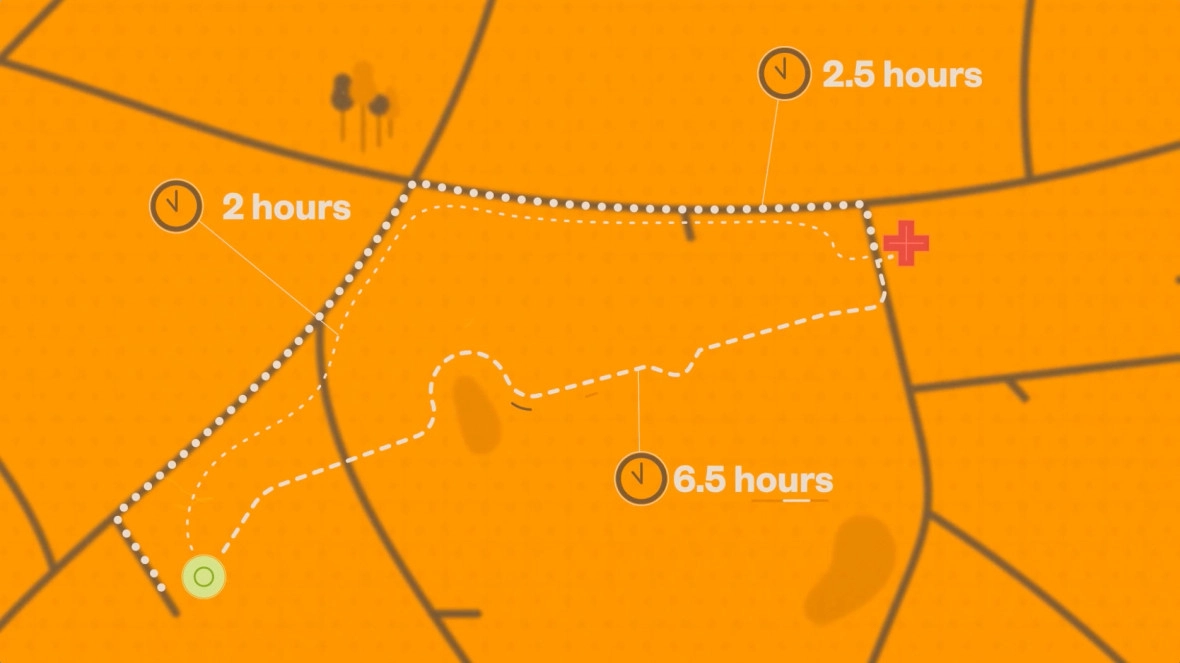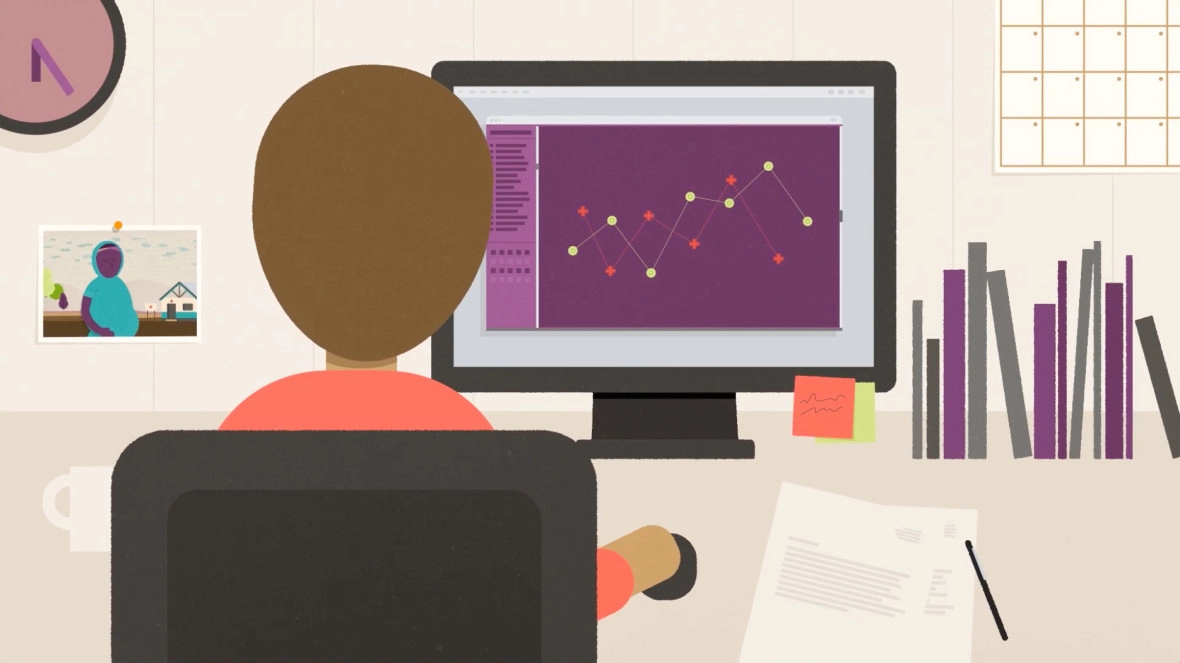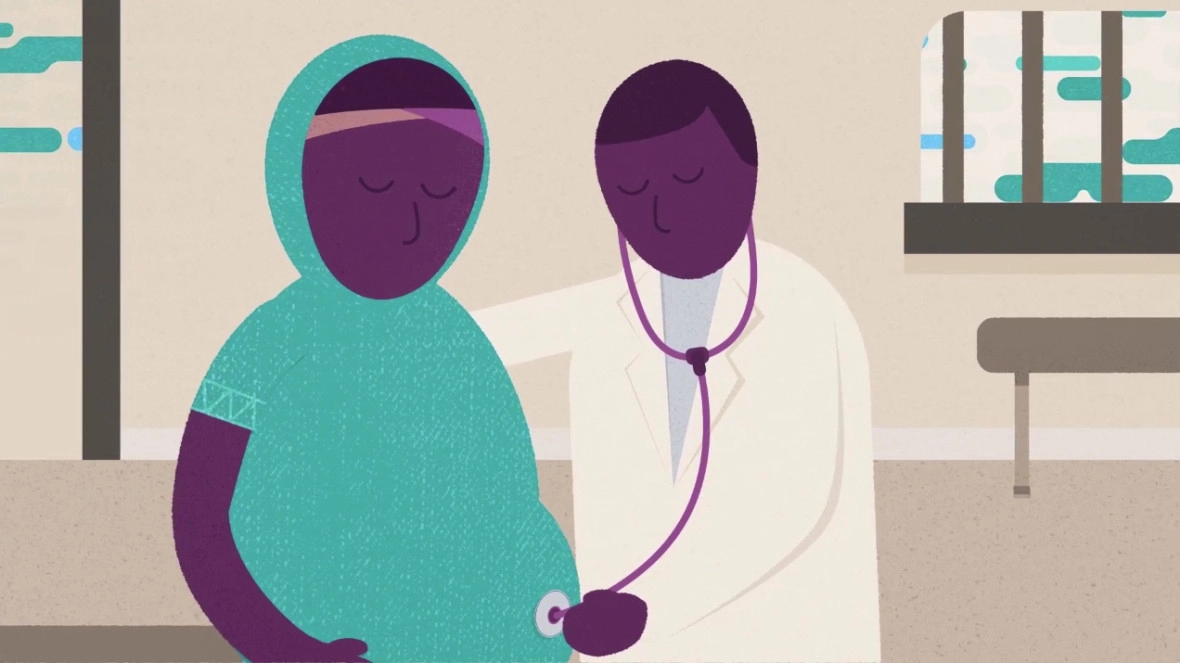PlanWise — A data-driven tool for placing help where it’s needed
This new tool helps planners in low-resource settings know where to place health services — so they can reach more mothers and babies. This article was originally published on Aug 17, 2016.
For any pregnant woman, a complication during labor means a race against time. Without access to skilled care, the chances of death for both a mother and her baby are high. Yet many women in developing countries live hours away from emergency care, leading to countless unnecessary deaths.
That’s why the Innovations for Maternal, Newborn & Child Health team at Concern Worldwide is developing PlanWise, a software tool that helps health planners use public data to make better decisions.
With PlanWise, planners can see the gaps and broken links (such as a shortage of clinics, or lack of transport) that stop women from being able to access timely emergency obstetric and newborn services. Armed with this information, leaders can then determine where best to build their next health facility, add ambulances, or deploy mobile clinics to ensure that mothers get the lifesaving care they need.
Increasing access to emergency care
To develop PlanWise, we focused on rural Kenya, where only 50% of births occur in a health facility, leaving half of pregnant women and their babies vulnerable when complications strike.
"There is a huge opportunity to improve maternal, newborn, and child mortality by addressing the issue of access to care.”
“There is a risk that women who deliver at home will suffer serious complications and even face death,” said Dr. Edwin Mbugua Maina, Senior Program Manager for Innovations at Concern Worldwide in Kenya.
So we set out to determine where to best place emergency obstetric and newborn services so that women in Kenya can get care within two hours.

Using data to reduce travel times
To do this, we developed an algorithm that draws on freely available public data. We used population data to map where people live, then plotted existing health facilities and services so we could see where people needed to get to. Finally, we layered on topographical data such as roads and walking paths to understand the routes people need to take to reach care.
"Health planners will have a better understanding of where resources are most needed, so they can optimize their investment and distribute services in more effective ways.”'
PlanWise then crunched the numbers to highlight the areas where women have least access to health services and to suggest the best locations for placing new medical facilities.
To test the model, we went out on foot and by car and measured real-life, home-to-clinic travel times, comparing them to our algorithm's predictions. Our tests showed that the mathematical model was accurate.

“Huge opportunity” to reach more mothers and babies
“Concern is working on PlanWise because we recognize that there is a huge opportunity to improve maternal, newborn, and child mortality by addressing the issue of access to care,” Dr. Maina said.
“This is not meant to replace the people that make decisions. This will guide them and allow them to make more informed decisions.”
“With the use of the PlanWise tool, health planners will have a better understanding of where resources are most needed, so they can optimize their investment and distribute services in more effective ways.”'

Responding to “our people’s needs”
While PlanWise currently focuses on emergency obstetric and newborn care, its potential is enormous. It could support health systems more broadly, as well as other public service sectors. From vaccine delivery to clean water and sanitation access, PlanWise could address countless critical needs.
Based on the successes in Kenya, we are now working to transform PlanWise into a user-friendly web-based tool for decision-makers in the poorest and most remote parts of the world. The tool will allow them to model different health systems scenarios and compare costs so they can use their resources most effectively to save more lives.
“It’s an opportunity to ensure we have systems that work, that respond to our people’s needs.”
To build the tool, we’ve partnered with InSTEDD, a Silicon Valley-based non-profit that designs open-source technologies for social good.
“This is a decision-aiding tool,” said Gustavo Giráldez, a platform developer at InSTEDD. “This is not meant to replace the people that make those decisions. This will guide them and allow them to make more informed decisions and better decisions for the people.”
The final product will be open-source, meaning that others can freely use it for a wide range of needs.
Kenyan Ministry of Health official, Dr. Wangui Muthigani, said she sees PlanWise’s promise for Kenya and beyond.
“It can be used to impact so many systems,” said Dr. Muthigani, Maternal, Newborn, and Child Health Program Manager with the Ministry of Health. “It’s an opportunity to ensure we have systems that work, that respond to our people’s needs.”
